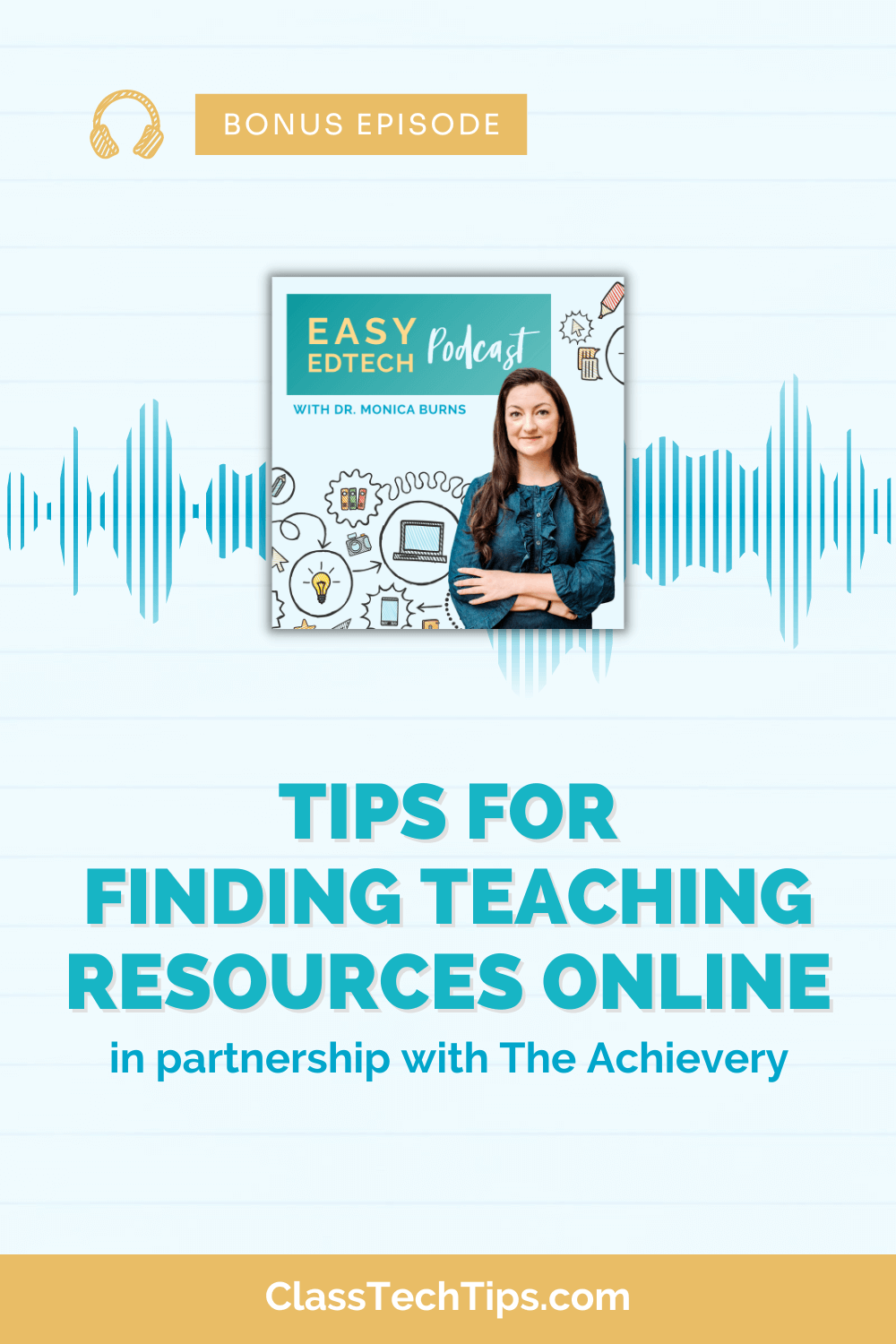How can you use digital tools to enhance teaching and learning at your school? Recently I partnered with the folks at Voyager Sopris for a webinar titled “8 Ways Teachers Can Incorporate Technology in the Classroom.” If you scroll down to the bottom of this post, you’ll find a link to the on-demand recording of the webinar with strategies to help you incorporate technology into your classroom.
If you haven’t heard of Voyager Sopris Learning before, they’re the folks behind LANGUAGE!® Live. This is a literacy intervention program designed for struggling readers in grades five through twelve. It’s a comprehensive ELA solution that uses a blended approach of explicit teacher-led instruction and online student-centered activities to help learners close the reading and writing gap. You can learn more about LANGUAGE! Live by watching this short video or heading over to their website.
We wanted to put together a quick recap of some of the big ideas shared in the webinar. In the list below you’ll find tips and strategies for incorporating technology thoughtfully and purposefully in your classroom.
Incorporate Technology into Your Classroom
Use Frameworks
There are a handful of different models that schools, educators, and researchers use when making decisions about technology integration. The SAMR model is a popular tool used to spark discussions in schools about purposeful use of technology integration. In the webinar, I also shared the T3 Framework which you might have seen in this book by Dr. Sonny Magana. Another popular model is TPACK which examines the intersection of technological, pedagogical and content knowledge. The fourth framework I shared is the ACES framework which I introduced in my book Deeper Learning with QR Codes and Augmented Reality, and revisit in my new book Tasks Before Apps.
Examine Units
As you make decisions regarding technology integration step back to review curriculum maps. Narrowing down your review to looking at end goals and student products can also be helpful. You might decide to create a timeline and identify small moments where technology will be used to energize and elevate a particular activity.
Identify Lessons

Check Comprehension
Digital tools, including the LANGUAGE! Live platform, can be used to monitor progress and provide timely feedback to students. You can set up formative assessment systems and routines to make sure you are gathering data consistently and using it strategically.
Leverage Video
Engaging content can help students build background and extend their thinking. LANGUAGE! Live also has video content available for students. Providing students opportunities to interact with a variety of media is a fantastic way to leverage the power of digital tools in the classroom.
Curate Content
Technology has increased our access to content and gives us an opportunity to handpick the very best to share with students. You might curate content for specific students based on interest or a particular need.
Create Creators
Students can create products that “show what they know” during everyday moments as well as long-term learning experiences. As you narrow in on the learning goal, develop exemplars that act as models for student creations.
Reflect Regularly
There are also a few questions you can ask yourself as you think about the way you are integrating technology into your instruction. Questions like: What has felt successful? or Where have you encountered obstacles? can help you figure out specific next steps to take or times to ask for support. A question like: Who are your partners-in-tech? can remind you who to search for when you want to try something new and need help from a colleague who has shown support in the past.
Watch the full webinar by clicking here. All you have to do is enter your email and webinar will play automatically!
It was lots of fun partnering with the folks at Voyager Sopris. If you haven’t checked out LANGUAGE! Live before, it includes engaging peer-to-peer learning, avatars, incentives and rewards, instructional games, and fun, age-appropriate video instruction to fill gaps in foundational skills. In addition to this online portion for students, the other half of the program is teacher-directed instruction to support learners in meeting grade level expectations with relevant, challenging text, comprehensive writing instruction, and collaborative projects.
Learn more about LANGUAGE! Live by watching this short video or heading over to their website!







